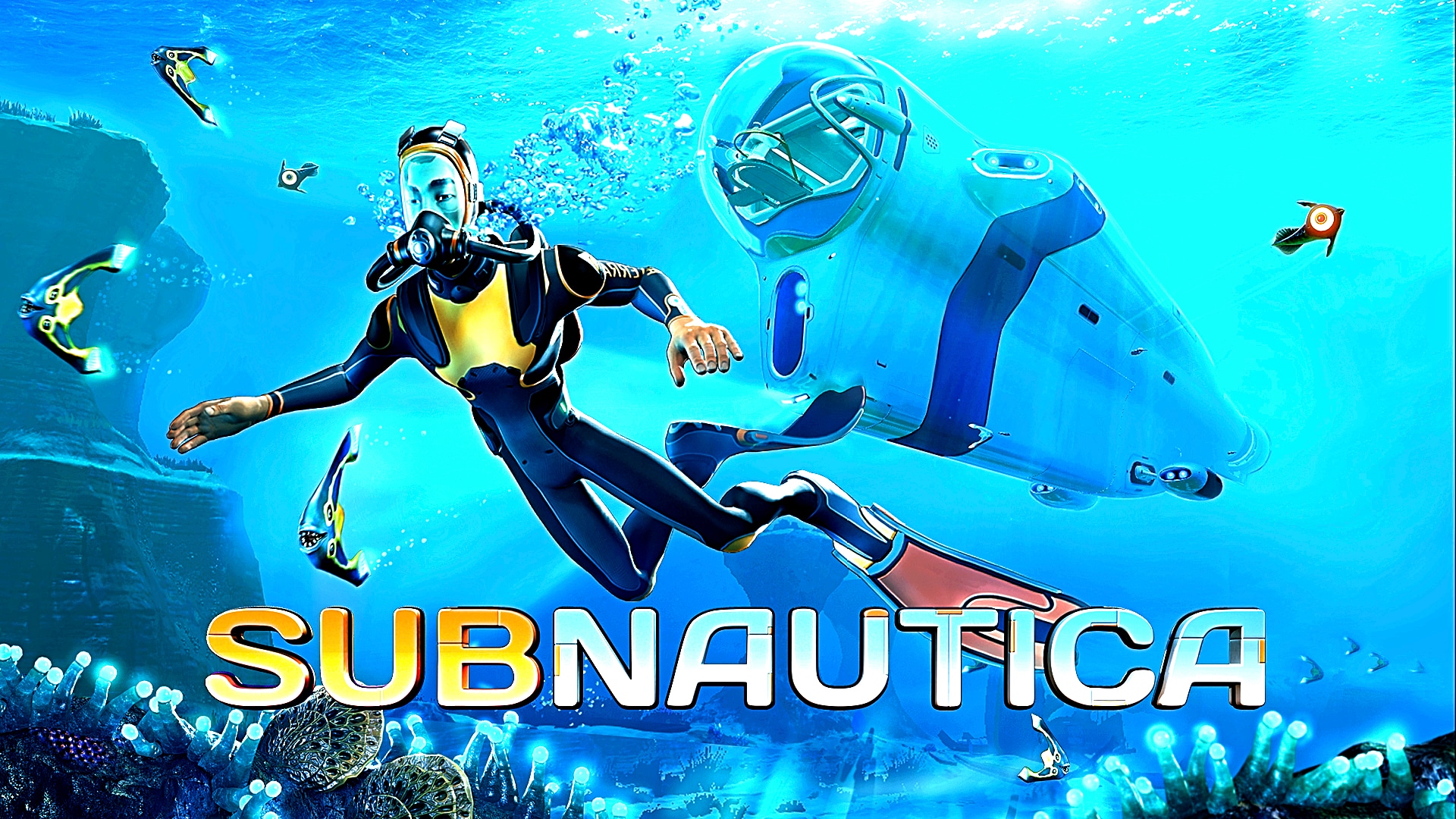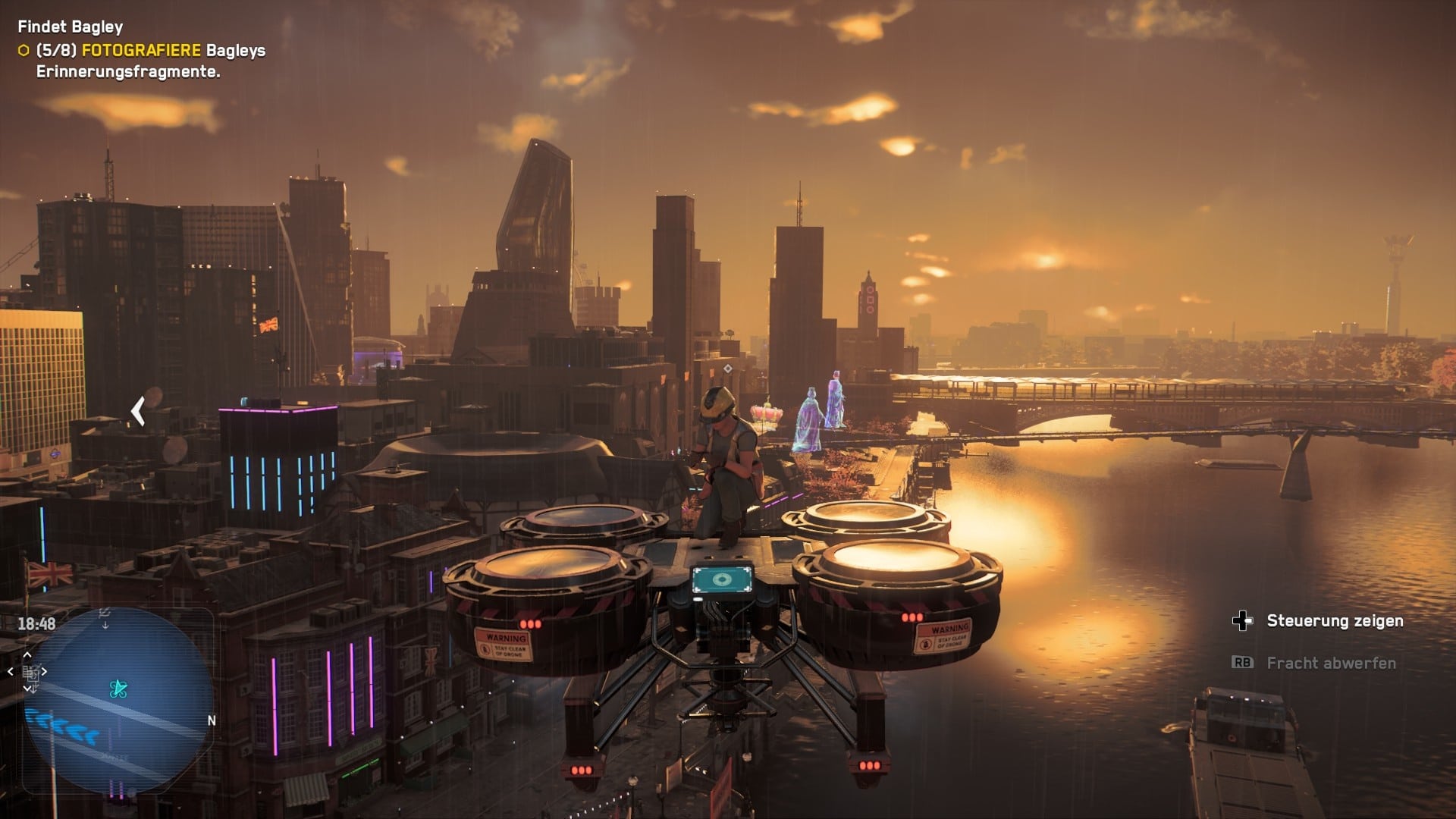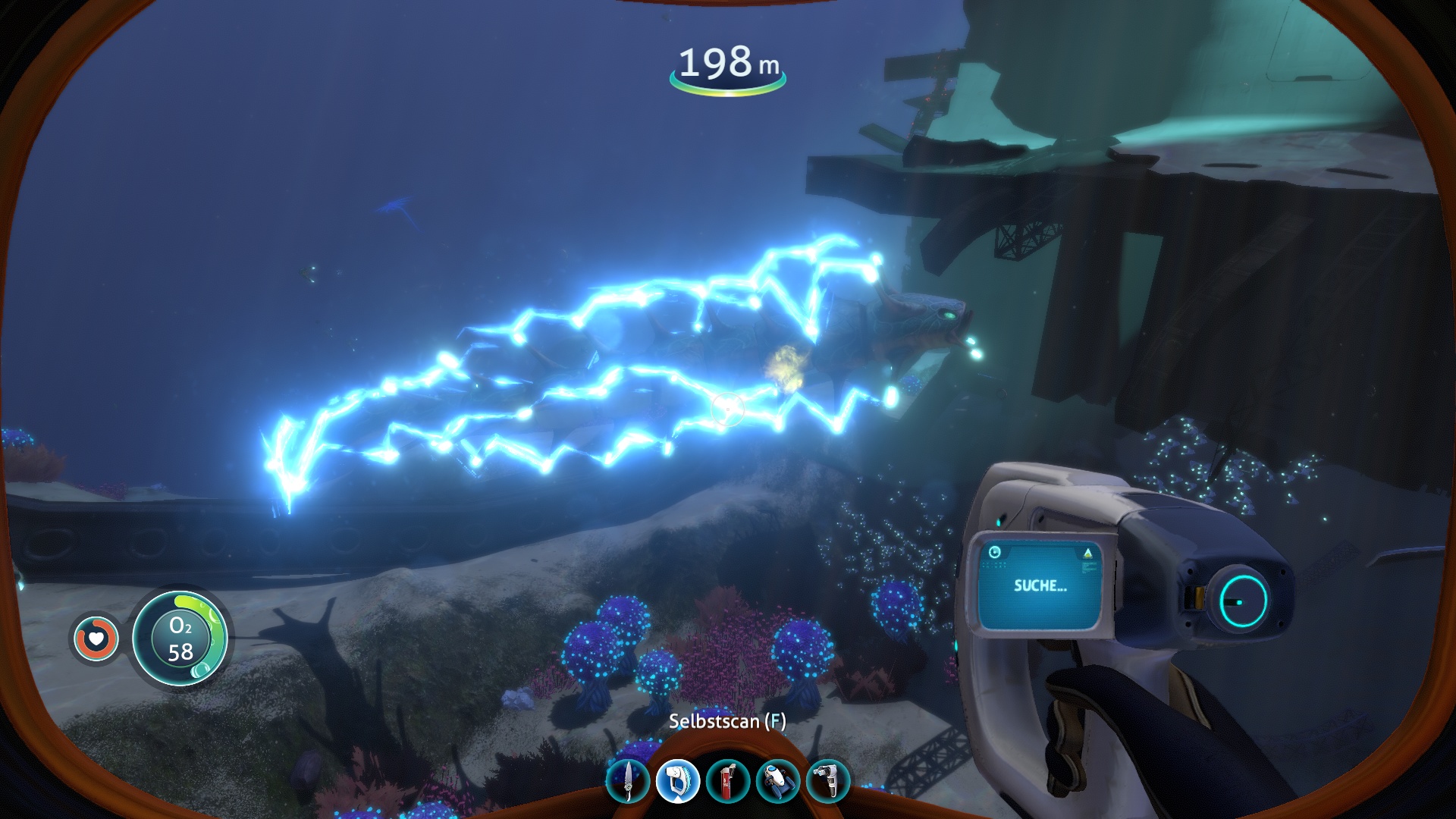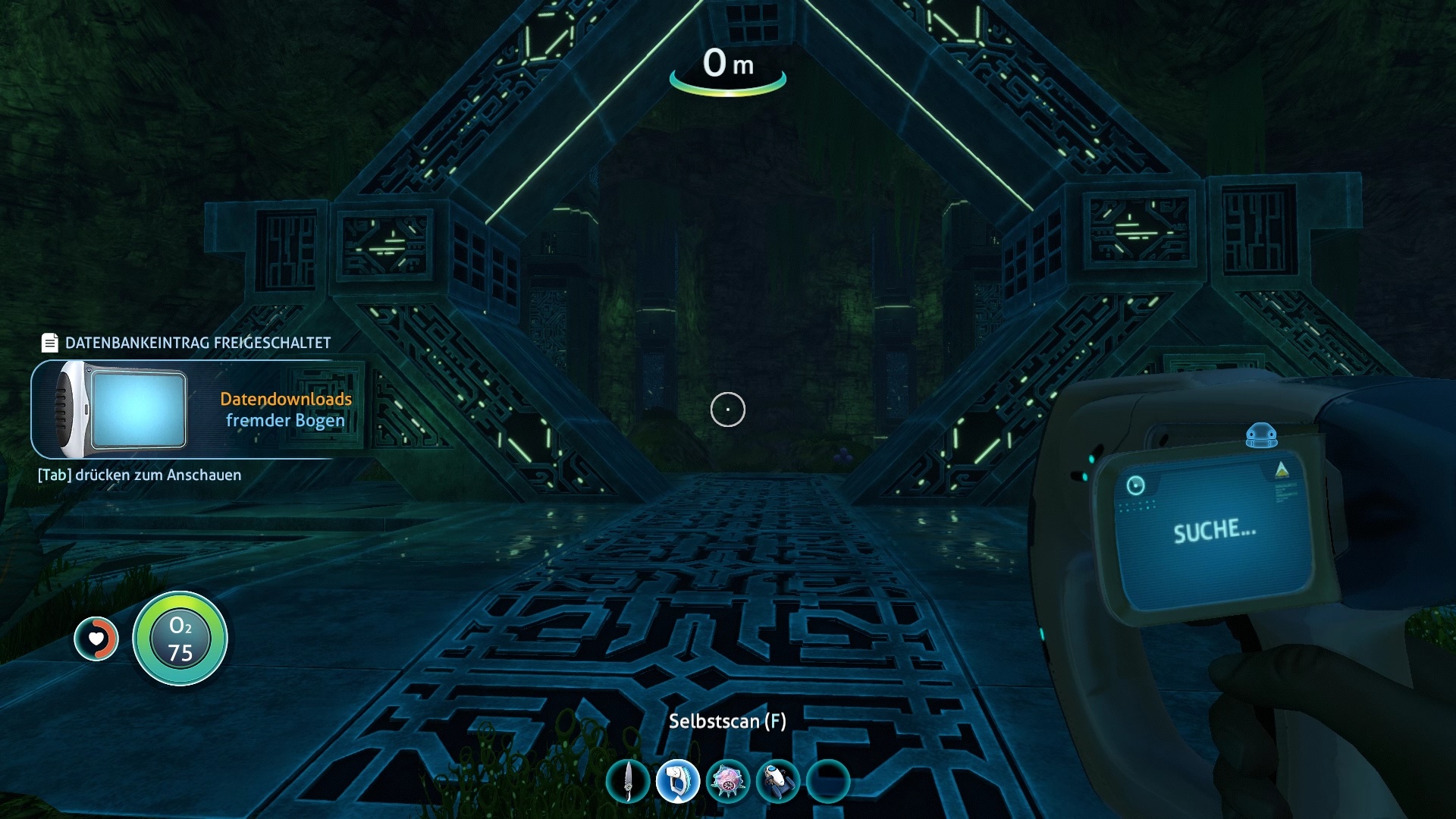Subnautica is a very special open-world game because it perfectly captures the magic of an alien world and instils respect as well as curiosity.
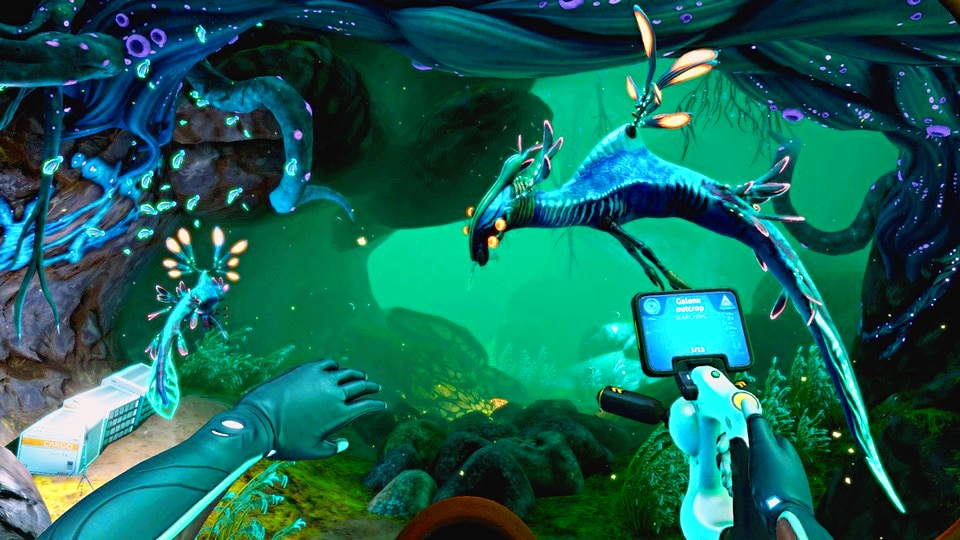
Did you know that Greenland sharks can live to be 500 years old? Or that cartilaginous fish can locate electrical signals and are therefore also attracted to metal that reacts with the surrounding water – for example, rusting shipwrecks?
But sharks are not the only exciting and complex creatures about which we still have a long way to go. As things stand, only 20 per cent of the entire ocean has been mapped according to modern standards – but almost all of Mars has been mapped, because more money is being spent on space research. That’s why the oceans still hold a similar fascination for me as the endless expanses of space.
And Subnautica brings both together, because in the survival game I explore an extraterrestrial ocean as an open world in which anything can await me. This inspires respect and gives me a feeling of unpredictability that I often miss in other open worlds.
Left, right, up, down
First of all, this has to do with a simple fact: In deep water, a lot also happens below me. A flooded open world ensnares me with completely different dimensions, because there is not only something to discover next to me, but also above and below me. No matter how far I dive down, I always find new alien creatures, treasures or story snippets that make the dangerous descent under the wave canopy worthwhile.
Other open-world games still use all their space far too rarely for me. I only encounter the occasional scripted shock moment from above or below in a story mission, maybe. When, as in The Witcher 3 or Skyrim, a griffin or dragon swoops down from above or a monster worm spirals out of the ground in between, that’s usually the highest of feelings. Every now and then I get to investigate caves, dive or climb a mountain, but I usually know beforehand what to expect there – even in Assassin’s Creed there is hardly any climbing.
This exacerbates the well-known problem that at some point you just bluntly run after markers and increasingly fade out the world around you. That’s why I wish that open worlds would play with verticality more often and make better use of their space. After all, this is also possible without an underwater scenario: caves could lead me even deeper and more branched down into the bowels of the land, and kilometre-high buildings, mountains or huge trees with interlocking branches could lead me to lofty heights above.
Or I get to fly right away, like with the construction worker drone in Watch Dogs Legion. This way, I can not only plough through virtual London at lightning speed without fast travel, but also discover new secrets high above the rooftops of the city – for example, an unfortunate peeping tom who has probably spied on the wrong person. Thus the map gains additional layers for me that initially remained hidden.
The best horror game that isn’t one
The added dimension of Subnautica makes exploration incredibly rich and satisfying for me, but also oppressive. After all, I don’t know what exactly awaits me. I might not find another escape pod with clues about the cause of my own crash on the alien planet, but a brutal deep-sea beast that will crush me between its radioactive teeth. Like in a horror game, I therefore only cautiously grope my way forward and eye every cave entrance and shadow around me with the suspicion of a potential prey animal.
But the dangers do not only lurk around me: without enough oxygen, the blue depths quickly become my grave and, as is usual for survival games, I must not lose sight of hunger and thirst for the sheer amazement of the lively alien life. I therefore have to concentrate on umpteen things at the same time and observe and get to know my surroundings very carefully so as not to experience any nasty surprises.
While horror games often embrace this kind of permanent tension (think Alien Isolation and the creepy radar device that lets me keep a constant eye on my overpowered enemy), large open-world games in particular feel increasingly predictable to me. The fear of alienating players with nasty surprises is too great. That’s why I want my environment to be as readable as possible and the design of the enemies to be unambiguous: anything that is a zombie, a wolf, a dragon or generally has a red life bar has to go.
Subnautica is deliberately misleading me here, though. The huge reef ridges, for example, make my heart skip a beat when I first see – and hear – them (sounds are particularly threatening in the survival game because they can also mean that a predator is giving chase). In the end, however, they turn out to be good-natured giants similar to whales. On the other hand, I have fled from small, colourful fish that nibbled at me like an afternoon snack – or died from jellyfish while swimming past.
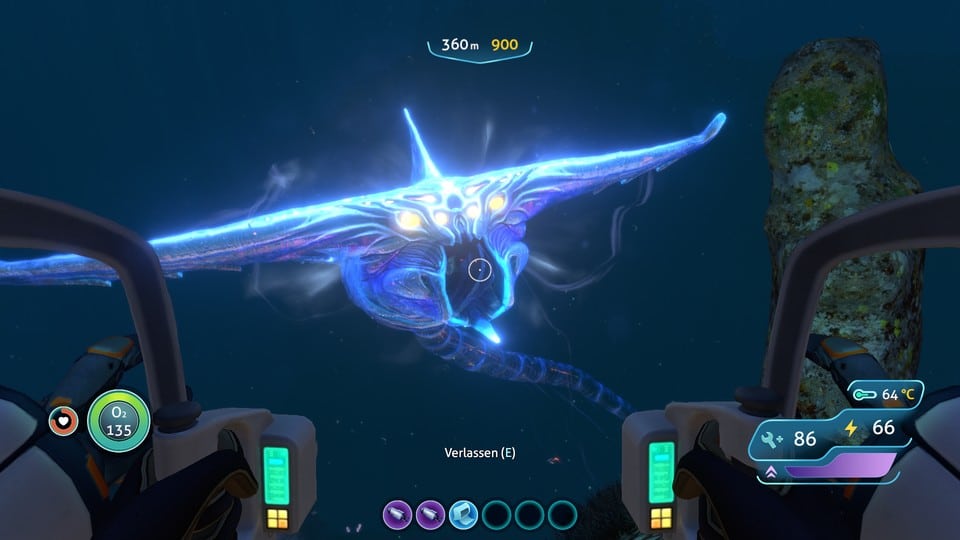
I can never really feel safe or rely on my instincts – in the alien sea, nothing is what it seems at first glance. This makes for constant thrills, but also makes me curious to examine every creature and plant more closely. Why this is so important for a lively and magical open world is also explained in our multi-part report on open game worlds.
The biggest open world problem Subnautica only almost solves
This means that exploration and discovery is always the focus of my journey – after all, it’s essential for survival. Even the story is intertwined with this and feels less detached than in many big open-world games. Here I was complaining again just recently, wishing for an open world where I finally didn’t have to be a big and important hero
Subnautica exploits the possibilities of its environment so much better and hides its great mysteries right within it. After my crash, I want to find out as quickly as possible what happened to the rest of the crew – and whether there is a way off the alien water planet. So I search inquisitively for data pads of my own accord and follow distress signals deeper and deeper out into the open sea.
In order not to drown, however, I need better and better technologies such as a protective suit, a submarine or even weapons, which I gradually assemble with resources I find. So I am also motivated by the story to make full use of the most important mechanics in the game. Even if I’m only supposed to track down some blueprints or the tenth escape pod including a squishy message.
Nevertheless, this remains a small downer: while the world and its inhabitants remain exciting throughout the game, the plot, which is scattered everywhere, hardly gets going. Here again, I miss a gripping narrative full of interesting characters like in a The Witcher 3. For me, the perfect open-world game would therefore have to tread a middle path.
I want a compelling story in harmony with the world that makes me want to explore the open world and the game within it, rather than two strands that coexist but rarely meet. At least to some extent, one (Horizon Zero Dawn) has already succeeded in this for me, but the true main character is still allowed to be the game world far too rarely.

